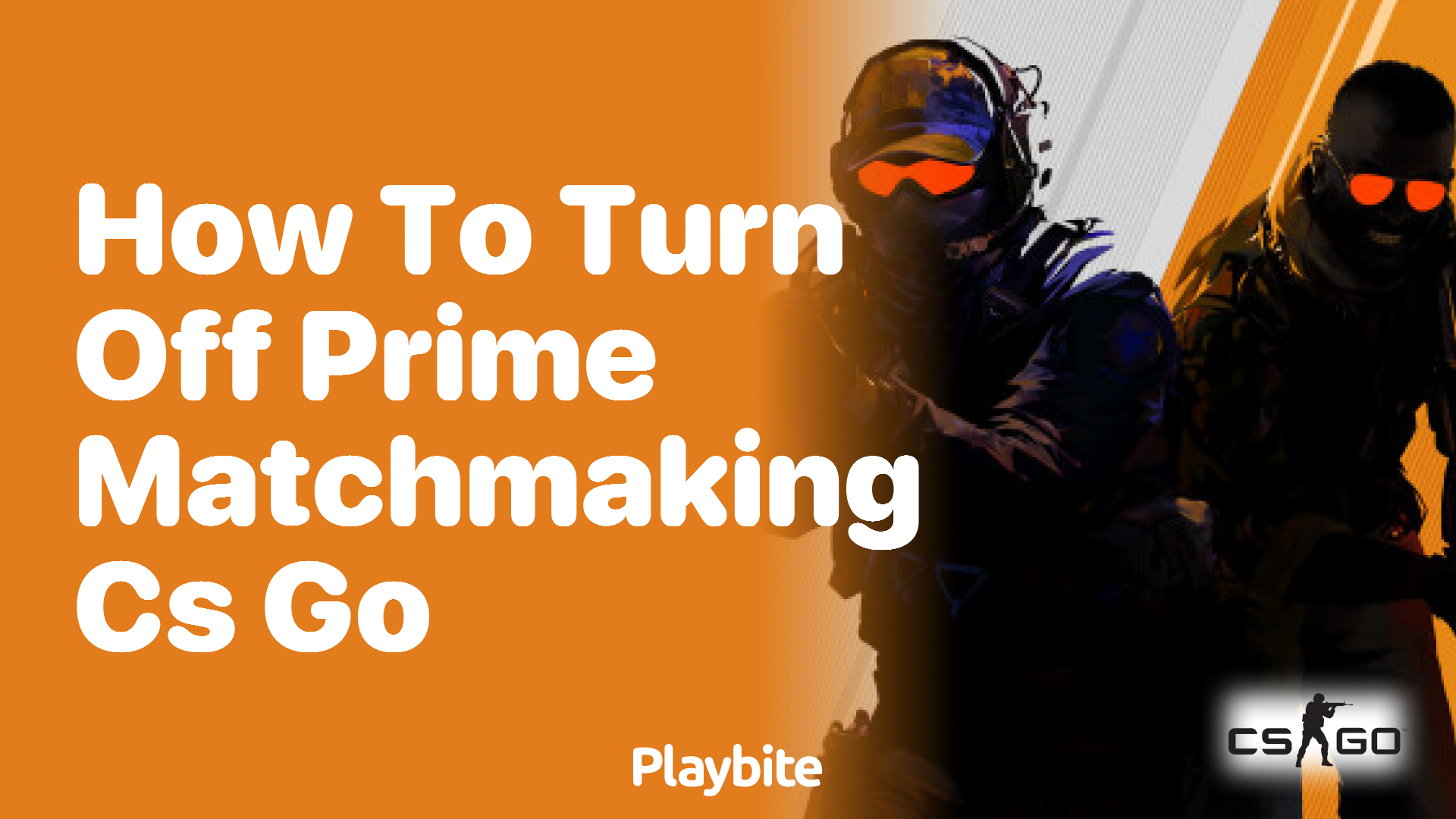Big Boss M5 Insights
Your source for the latest news and tips on technology and innovation.
Why Playing CSGO Prime Matchmaking is Like a Game of Chess
Discover the strategic parallels between CSGO Prime Matchmaking and chess. Uncover tactics that can elevate your gameplay to the next level!
The Strategic Mindset: Unraveling the Chess-like Tactics in CSGO Prime Matchmaking
The world of CS:GO Prime Matchmaking is not merely a test of reflexes and aiming skills; it's a complex battlefield that requires a strategic mindset akin to that found in a game of chess. Just as each chess piece has its own role and power, each player on your team must understand their position and how it complements the broader strategy. In CS:GO, players must constantly evaluate their surroundings, predict opponent moves, and make critical decisions on whether to attack or defend. Developing this level of strategic thinking can elevate your gameplay from average to exceptional, as you'll be able to read the map and your enemies with the precision of a grandmaster.
To truly excel in CS:GO Prime Matchmaking, consider these key tactics that mirror the intricate strategies of chess:
- Map Control: Like controlling the center of the chessboard, maintaining dominance over key areas in the game can dictate the flow of the match.
- Economic Management: Just as players carefully weigh their moves in chess, your team’s economy must be managed wisely to secure advantages.
- Adaptability: The ability to pivot your strategy based on the opponent's play style is essential, much like adjusting your chess openings.
By incorporating these tactical elements into your game, you can enhance your strategic mindset, leading to greater success in CS:GO Prime Matchmaking.

Counter-Strike is a popular team-based first-person shooter game that has captivated players around the world. With its intense competitive gameplay and focus on strategy, players often engage in thrilling matchups. One exciting feature that has gained popularity is the CS2 Case Battles, where players can compete against each other by opening cases and winning valuable skins.
From Pawns to Kings: How Team Roles Reflect Chess Strategies in CSGO
In the world of CS:GO, understanding team roles is akin to grasping the strategic depth of a chess game. Just as each chess piece has its designated role, players in a team must adopt specific positions and responsibilities to optimize performance. The pawns, representing entry fraggers in CSGO, are often the first to engage, pushing forward to scout enemy positions. Meanwhile, the kings, similar to the in-game leaders or strategists, must make crucial decisions to control the match's pace and flow. This alignment of roles not only enhances individual player performance but also strengthens overall team dynamics, ensuring a cohesive strategy that can outmaneuver adversaries.
Moreover, the tactical formation in CS:GO mirrors chess strategies as players often rely on teamwork to secure victories. For instance, the collaboration between snipers and support players can be likened to a chess bishop coordinating with a knight. Support players provide cover and necessary intel, akin to how chess pieces shield their king. Understanding these parallels allows players to develop a strategic mindset, effectively reading their opponents' moves and adapting their own tactics in real-time, just as a chess player would consider the next best play based on the board’s configuration.
Are You a Gambit Master? Comparing Risk and Reward in CSGO and Chess
In both CSGO and chess, the concept of the gambit is pivotal in shaping strategies and outcomes. A gambit, by definition, involves sacrificing something of value, often a piece or life, to gain a larger advantage over an opponent. In chess, players may choose to sacrifice a pawn to open lines for their pieces, aiming for a swift checkmate or positional superiority. Similarly, in CSGO, players might risk their virtual life by executing aggressive plays or flanking maneuvers, hoping to secure critical map control or eliminate high-value targets. Understanding the balance between risk and reward is crucial for mastering either game.
While both games feature similar strategies, the implications of a gambit differ significantly between them. In chess, each move is calculated, and the consequences can echo throughout the match, resulting in either a swift victory or a prolonged struggle. Conversely, in CSGO, the fast-paced nature can lead to rapid outcomes; a well-timed gambit can turn the tide of the match in mere seconds. Therefore, evaluating risks and weighing potential rewards becomes essential for players looking to master their respective game, whether that means developing a killer instinct in CSGO or enhancing strategic foresight in chess.